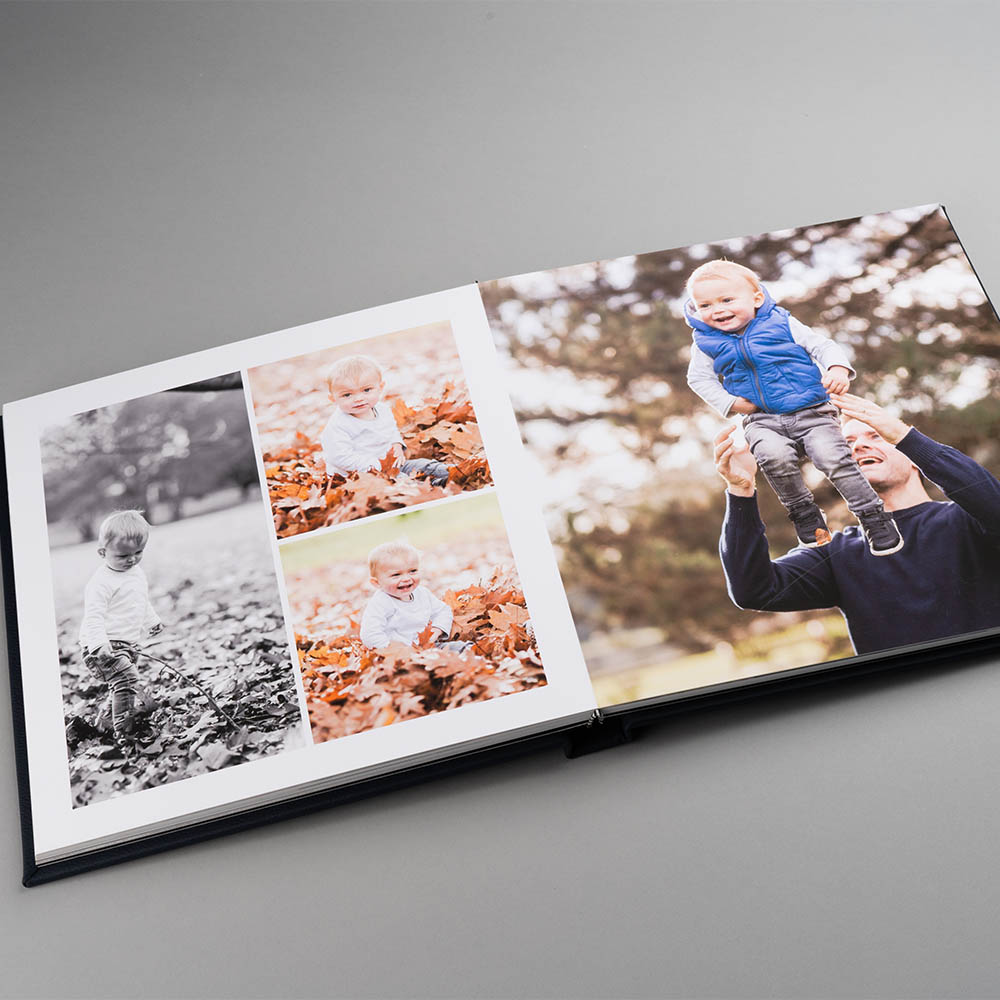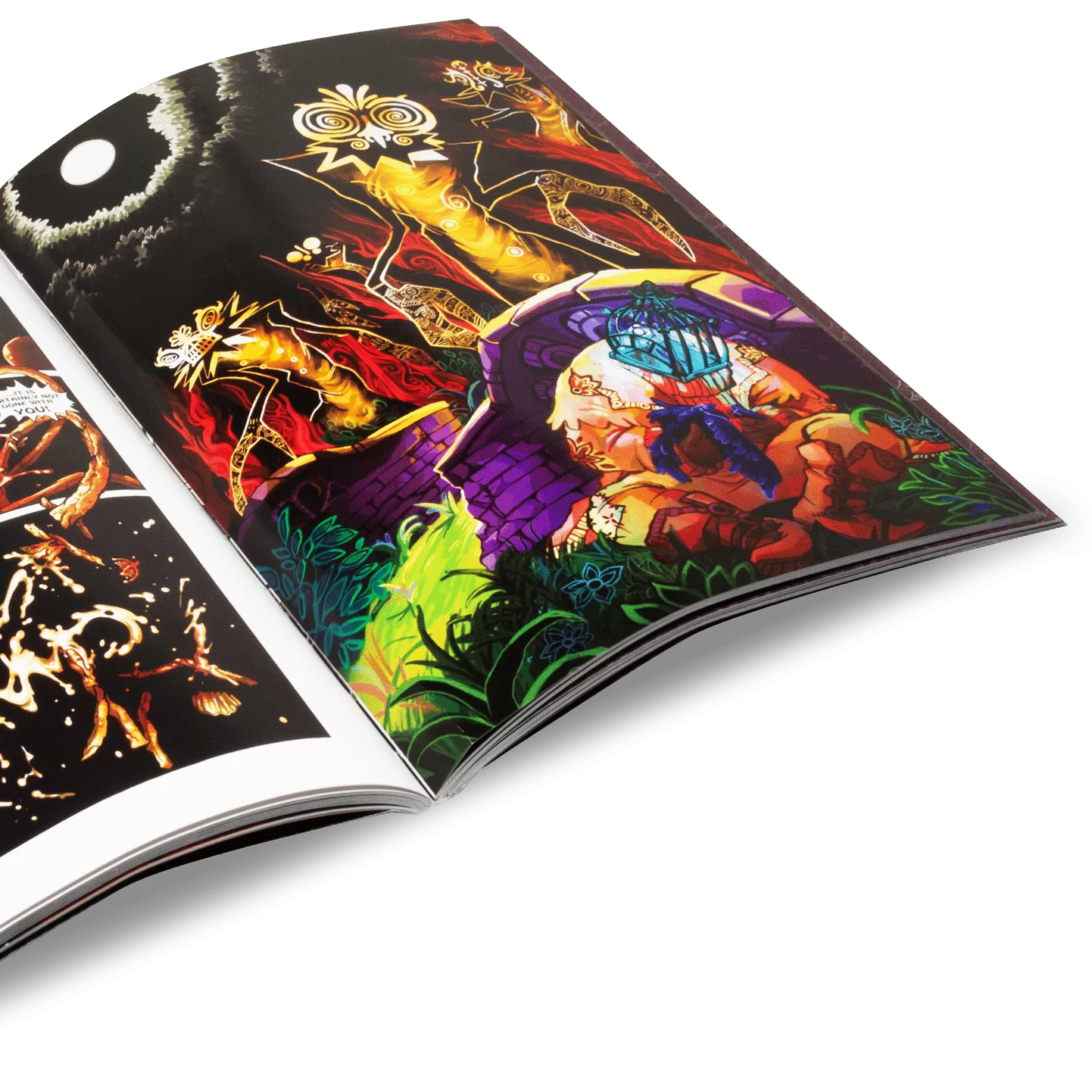Discover the Vital Overview to Art Book Printing for Aspiring Artists and Publishers
As a hopeful musician or publisher, comprehending the subtleties of art book printing is necessary to bringing your vision to life. You'll require to consider numerous factors, from selecting the appropriate sort of book to making sure shade accuracy and choosing ideal materials. Each decision affects the end product significantly. So, what are the vital elements you should concentrate on to produce a magnificent art book that really represents your job?
Comprehending Different Kinds Of Art Books
When you dive right into the globe of art publications, you'll quickly discover that they are available in different types, each customized to various imaginative expressions and target markets. Coffee table publications usually display stunning visuals, perfect for casual browsing, while monographs dive deep right into a specific musician's job, giving context and understandings. If you want details art activities, event directories use in-depth paperwork of shows, featuring essays and critiques.
For instructional objectives, art guidebooks and strategy books lead you via numerous tools and designs, making them essential for aiming artists. Each layout serves its objective, and understanding their distinctions can improve your art book journey.
Selecting the Right Paper and Products
Choosing the appropriate paper and materials can substantially affect the total quality and feeling of your art book. Beginning by thinking about the sort of artwork you have. For dynamic shades and elaborate information, choose a glossy surface or a heavyweight matte paper that boosts visual depth. If your job includes softer tones or textures, a natural or uncoated paper can supply a cozy, inviting touch.
Think of the weight of the paper, as well. Thicker choices usually lend a more specialist appearance, while lighter papers can minimize printing prices. Do not neglect about the binding materials; a sturdy cover can secure your web pages and include in guide's visual.
Finally, consider sustainability. Green choices are obtaining appeal and can mirror your values as a musician. By very carefully choosing your paper and materials, you'll guarantee that your art book not just looks terrific however likewise feels special in the hands of your viewers.

Selecting the Ideal Printing Methods
When it concerns publishing your art book, picking in between balanced out and electronic printing can considerably influence your end product. You'll also intend to take into consideration how paper top quality impacts the total look of your artwork. Let's discover these crucial printing techniques to locate the finest fit for your job.
Offset vs. Digital Printing
While both countered and digital printing have their advantages, choosing the best method for your art book can significantly affect the last item. Countered printing supplies high-quality images and vibrant shades, making it excellent for bigger print runs. Inevitably, your choice must align with your creative vision and circulation technique, guaranteeing that your art book shows the top quality you want.
Paper High Quality Factors To Consider
Choosing the appropriate paper high quality can considerably enhance the aesthetic charm and tactile experience of your art book. Beginning by thinking about the weight and texture of the paper. Larger paper frequently feels even more lavish and can much better display vivid shades and complex information. For prints, a shiny finish can make pictures pop, while a matte surface gives a softer, more refined look. Don't forget the paper's brightness; brighter sheets can boost shade precision and contrast.
Next, think regarding the sustainability of your choice. Environment-friendly choices are coming to be significantly prominent and can appeal to environmentally-conscious visitors. Demand examples to see how different documents work with your art work, making certain the last product mirrors your vision perfectly.
Making Certain Color Accuracy in Your Prints
To accomplish stunning prints, you require to concentrate on color precision from the beginning. You'll intend to use color calibration strategies to confirm your screen and printer remain in sync. In addition, proofing your work before the last print run can aid catch any type of inconsistencies, assuring your art looks equally as you imagined.
Shade Calibration Techniques
Ensuring shade accuracy in your prints starts with efficient shade calibration strategies that help maintain uniformity in between your digital photos and last printed products. Calibrate your display utilizing hardware calibration tools to attain the finest shade representation. This confirms that what you see on-screen matches what obtains printed. Next off, pick a shade profile suited for your printing process, like CMYK for print materials. Regularly inspect your printer's setups and maintain it to stay clear of shade shifts. It's additionally necessary to make use of top notch paper that enhances your inks, as different surfaces can greatly affect color result. By constantly using these strategies, you'll boost the overall top quality of your art prints and better communicate your imaginative vision.
Proofing for Accuracy
While you could assume your digital pictures are ready for print, proofing is important for accomplishing shade precision. Before dedicating to a full print run, constantly request an evidence from your printer.
If changes are needed, communicate plainly with your printer about your wanted outcomes. Don't wait to request numerous evidence if required; it's worth the investment to get it. Inevitably, extensive proofing warranties that your artwork is represented as you imagined it, preserving your creative stability throughout the printing procedure.

Creating Layouts That Enhance Your Art Work
When you make layouts for your art book, it's vital to consider exactly how each element engages with your artwork. Go for an equilibrium in between visuals and text, guaranteeing neither overshadows the other. Use white space tactically; it gives your artwork space to take a breath and accentuates its information.
Consider the flow of your book. Prepare pictures in a manner that guides the reader's eye, developing a story or thematic development. art book. Differ the sizes and alignments of your art work to maintain the format vibrant and interesting
Select typefaces that complement your art work without sidetracking from it. Maintain message concise and pertinent, giving context or insight that boosts the viewer's experience.
Lastly, examination various designs. Print examples to see exactly how the styles equate on paper, and readjust as needed. By attentively creating your layouts, you'll create a visually appealing art book that reverberates with your target market.
Binding Choices for a Specialist Finish
Choosing the right binding choice can greatly impact the total presentation of your art book. You'll wish to take into account both appearances and toughness when making your choice. Popular alternatives include excellent binding, which uses a smooth appearance and is perfect for thicker books; saddle sewing, ideal for smaller brochures; and spiral binding, which enables web pages to lay flat for easy go to the website watching.
If you're going Continued for a costs feeling, case binding is an exceptional selection, offering a sturdy cover and a professional look (art book). Don't ignore the cover product; options like cloth, leather, or a shiny coating can raise your book's appeal
Whatever option you select, ensure it complements your artwork and boosts the reader's experience. Take your time to consider the pros and cons of each approach, so your end product shows the top quality of your creative vision.
Preparing Your Declare Publish Preparedness
To ensure your art book is print-ready, you'll require to pay very close attention to file preparation. Beginning by setting your paper dimension to match your preferred print measurements. Use high-resolution pictures-- 300 DPI is the requirement-- to ascertain sharp, vibrant visuals. Convert your files to CMYK setting, as this color area is ideal for printing. Don't fail to remember to consist of hemorrhage areas, normally an additional 0.125 inches around your pages, to avoid any white edges after trimming.
Think about developing an evidence to examine prior to the final print run. Following these steps will aid you attain a refined, specialist art book.
Regularly Asked Concerns
What Is the Average Price of Printing an Art Book?
The standard expense of printing an art book varies, yet you can expect to pay anywhere from $5 to $20 per duplicate, relying on variables like size, paper top quality, and printing quantity.
How Can I Locate a Reliable Printing Business?
To find a dependable printing firm, begin by looking into on the internet reviews and asking fellow musicians for suggestions. Contrast quotes, inspect portfolios, and connect your requirements plainly to guarantee they comprehend your vision and quality assumptions.
What Is the Typical Turnaround Time for Printing?
The regular turnaround time for printing differs yet typically varies from one to four helpful hints weeks. Aspects like task complexity and quantity can influence this. Always verify with your picked printer for specific timelines and expectations.
Can I Publish My Art Book in Limited Quantities?
Yes, you can definitely print your art book in minimal amounts. Numerous printing business supply short-run options, enabling you to generate simply the number you need, making it simpler to handle prices and inventory.
What Legal Considerations Should I Know for My Art Book?
You ought to take into consideration copyright, licensing agreements, and model releases when producing your art book. Ensure you deserve to use all images and text, securing on your own from possible lawful concerns down the road.